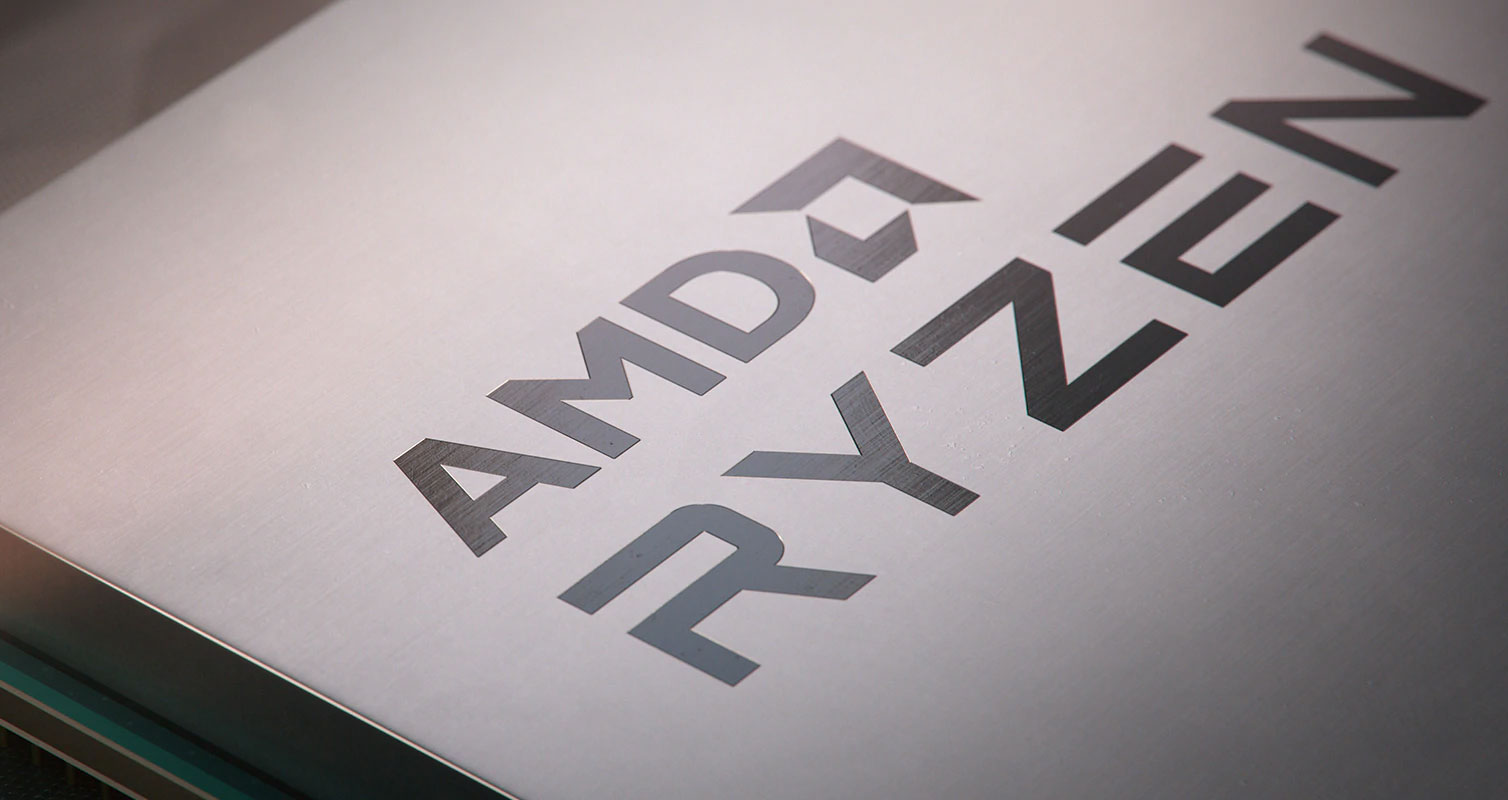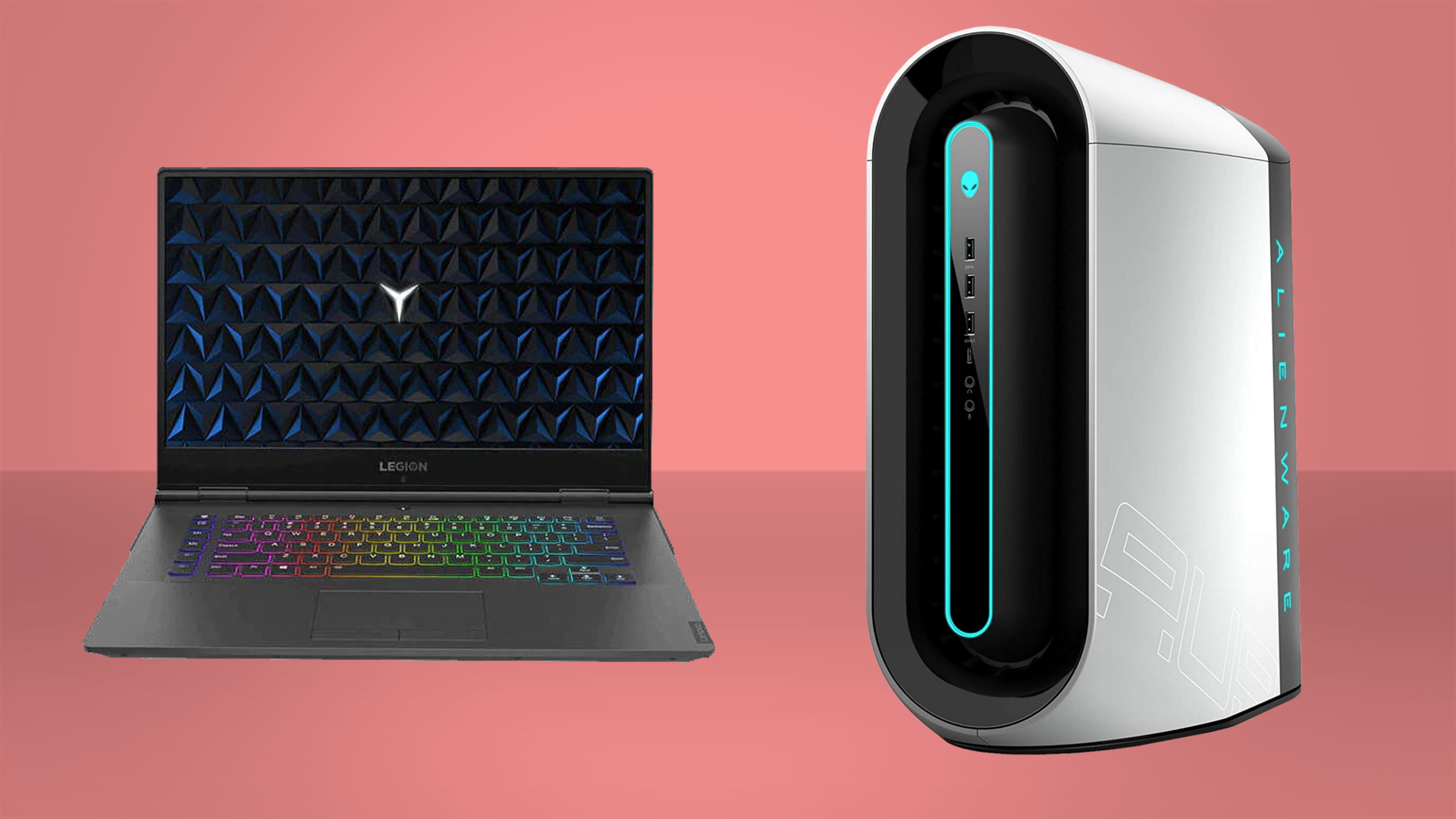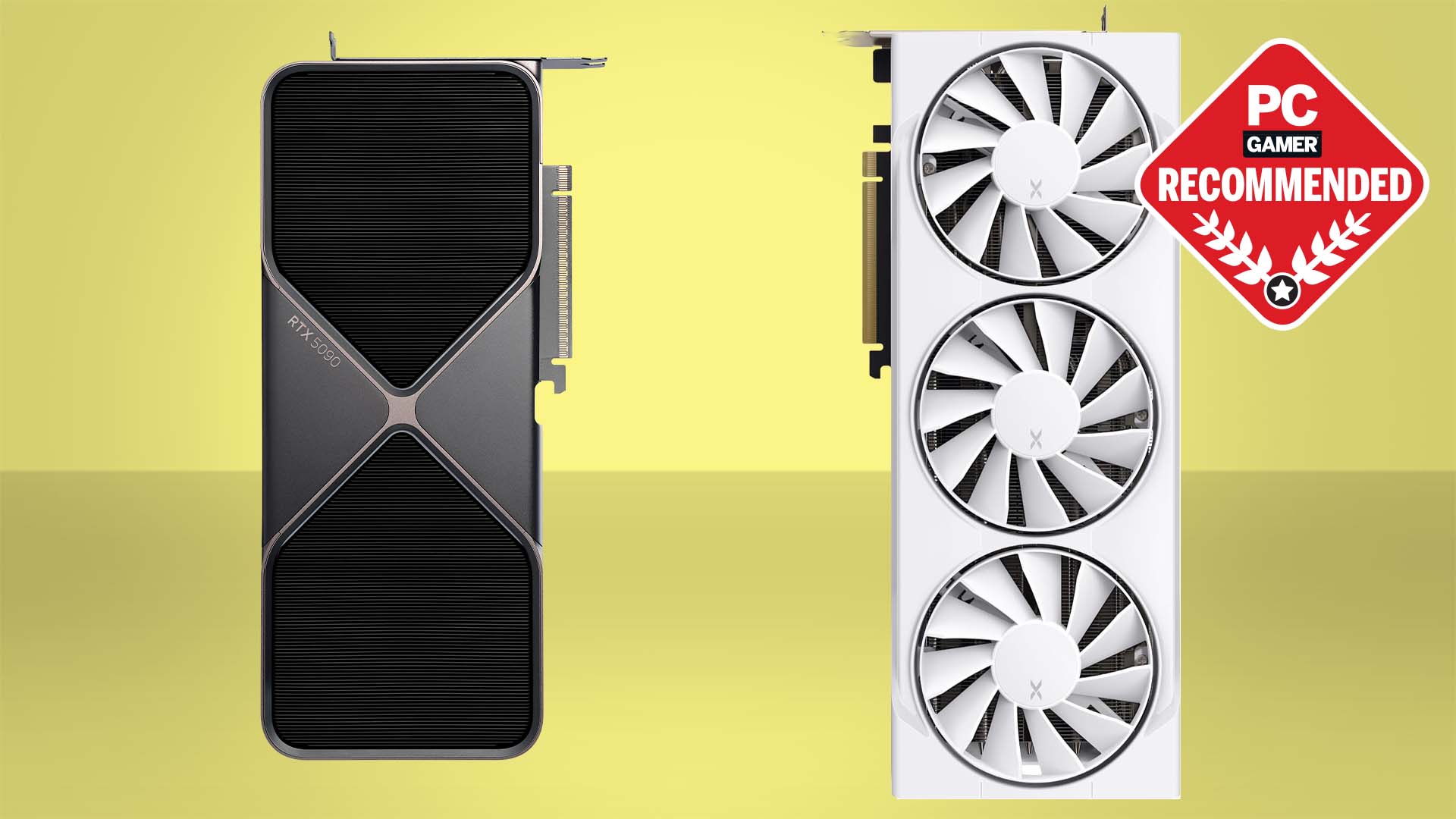AMD is making bank thanks to 'significant growth in Ryzen processor sales'
AMD's Computing and Graphics segment is up 45%, and it's largely thanks to Ryzen.

Ryzen CPU sales have helped propel AMD's Computing and Graphics segment revenue to $1.37bn—that's a 45% increase over the same period last year. During the company's Q2 earnings call, CFO Devinder Kumar attributed 'significant growth' in Ryzen CPU sales to the stellar increase.
While AMD fell short of specifics, that increase is likely to be spurred primarily by Zen 2 processors, such as the Ryzen 3000 series. These chips number our recommendations for the best CPU for gaming, and thanks to their success this segment, which focuses on client-side and non-enterprise business, accounts for 15% of AMD's overall revenue, up from just 2% one year ago.
That's even more impressive considering these sales have to act as counterweight for a dip in desktop Navi graphics card sales. CEO Dr. Lisa Su called the slump "somewhat as expected" for the quarter, but it still means AMD is reliant on its CPU offerings to keep its GPU business afloat.
"We delivered our highest client processor revenue in more than 12 years," Dr. Lisa Su says (via Seeking Alpha). "Increased working and schooling from home due to COVID-19 resulted in a strong PC market in the quarter. Although, we believe our growth was largely driven by our 11th straight quarter of market share gains."
There's certainly something to be said for laptops and PC sales increasing as we spend, and have spent, far more time indoors than ever before. That's sure to have accelerated mobile Ryzen 4000 series processor sales.

Best gaming PC: the top pre-built machines from the pros
Best gaming laptop: perfect notebooks for mobile gaming
EPYC sales are kept separate under the Enterprise, Embedded, and Semi-Custom segment, which was a little down due to the lack of semi-custom sales for the quarter. However, AMD suspects next-gen consoles, the Xbox Series X and PlayStation 5, built on AMD technology, will be a worthy addition to the portfolio in roughly 12-16 months from launch. Until then, AMD's going to be taking the brunt of the next-gen load on its margins.
Making its way to the consoles is the same RDNA 2 GPU architecture headed to our desktop gaming PCs roughly around that time too.
Keep up to date with the most important stories and the best deals, as picked by the PC Gamer team.
So overall it's a rather positive spread for the past three months over at AMD. That certainly comes in contrast to Intel's financials, which while incredibly positive in terms of raw revenue also highlighted some incoming delays in chip production that sent the company's share price down a peg or three.
That's all good news for us, as consumers. We have it best when things get scrappy…

Jacob earned his first byline writing for his own tech blog. From there, he graduated to professionally breaking things as hardware writer at PCGamesN, and would go on to run the team as hardware editor. He joined PC Gamer's top staff as senior hardware editor before becoming managing editor of the hardware team, and you'll now find him reporting on the latest developments in the technology and gaming industries and testing the newest PC components.

